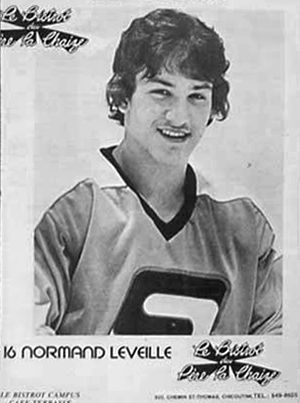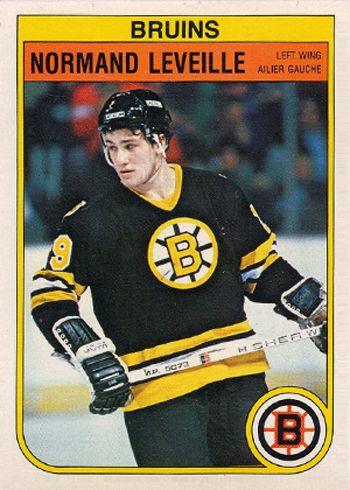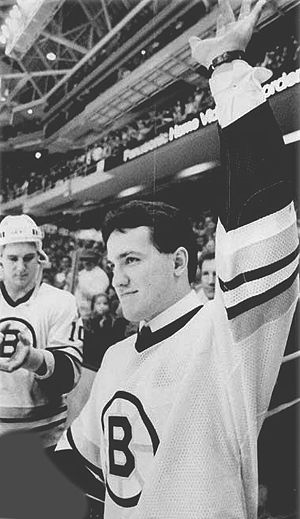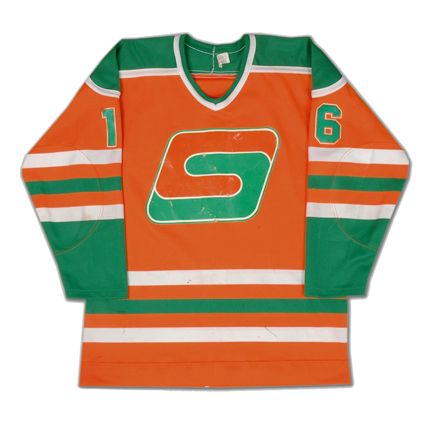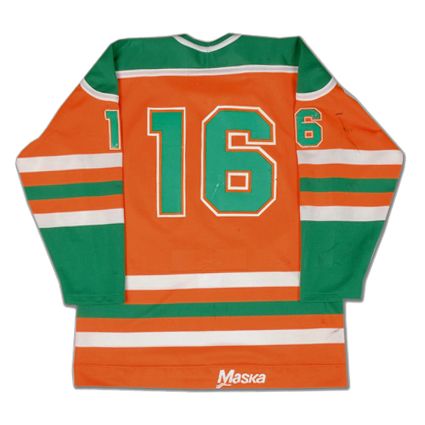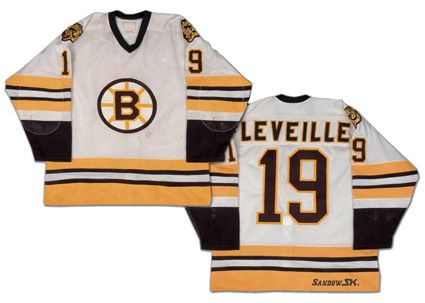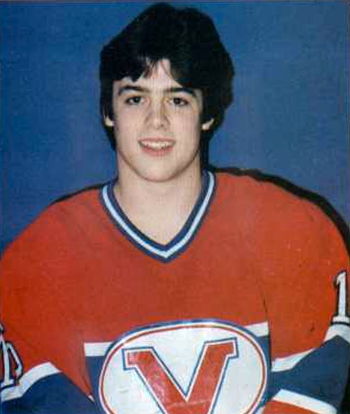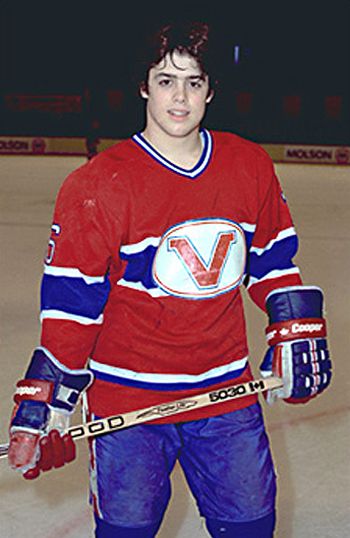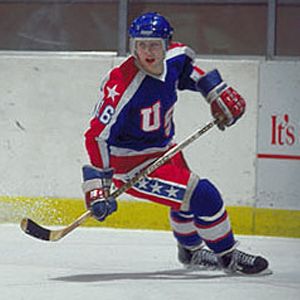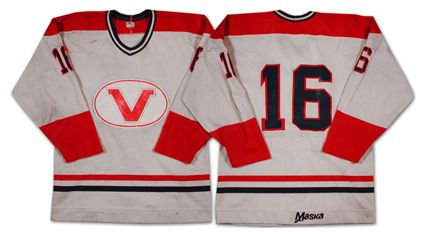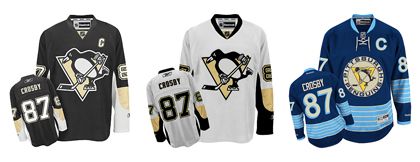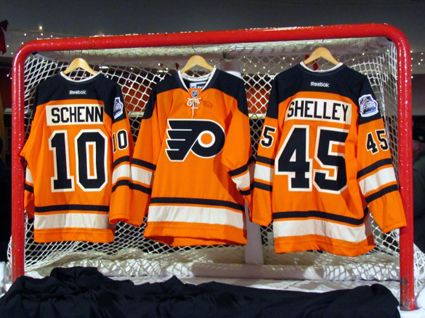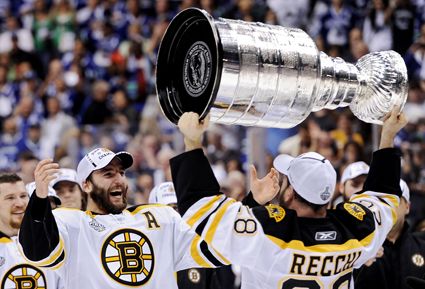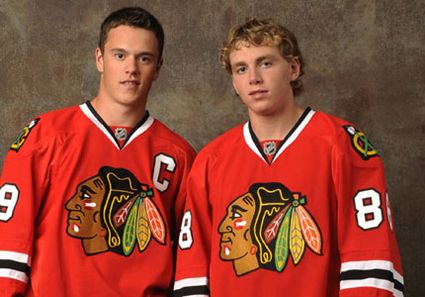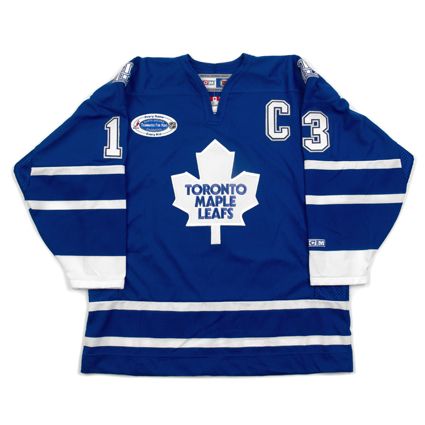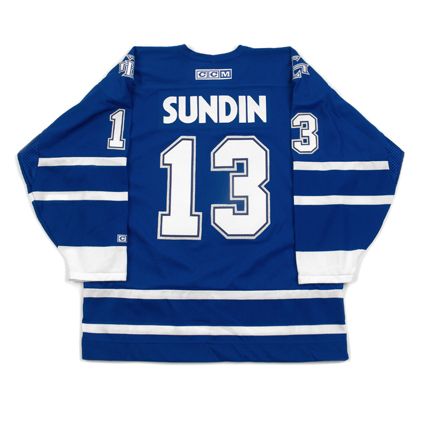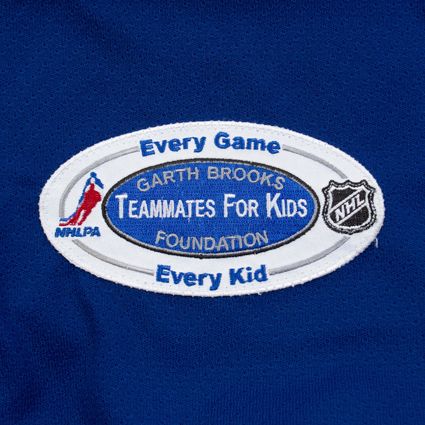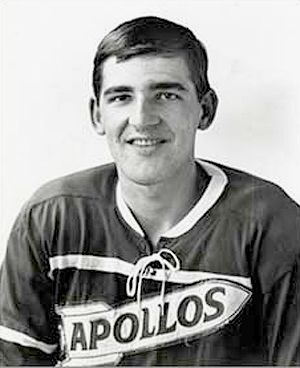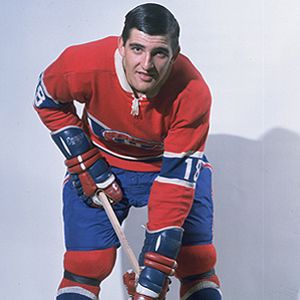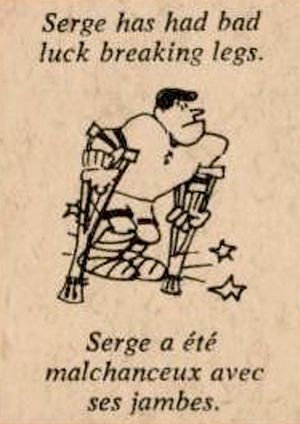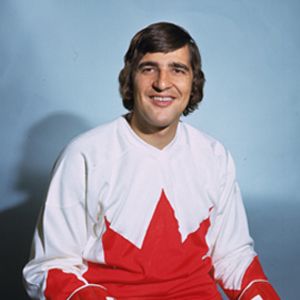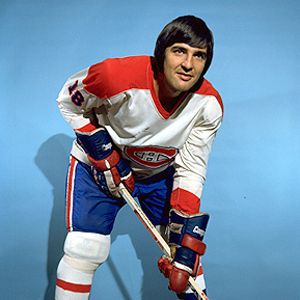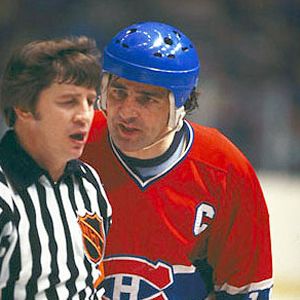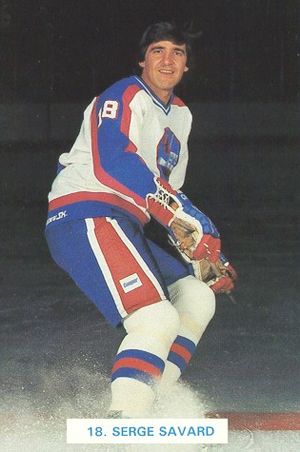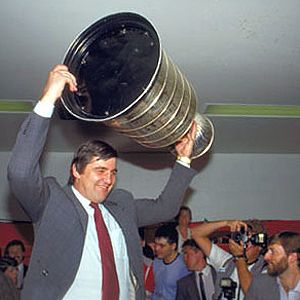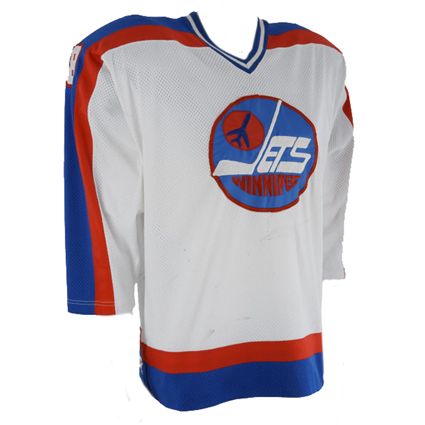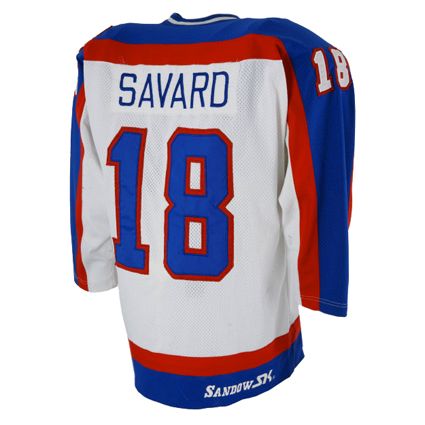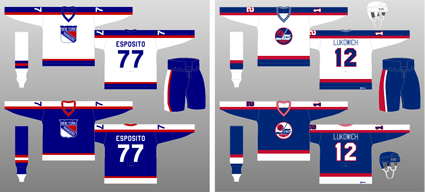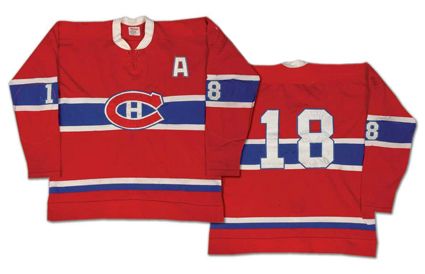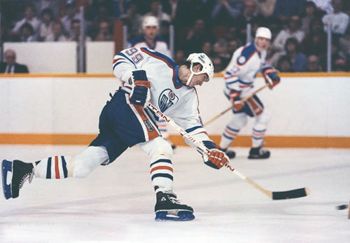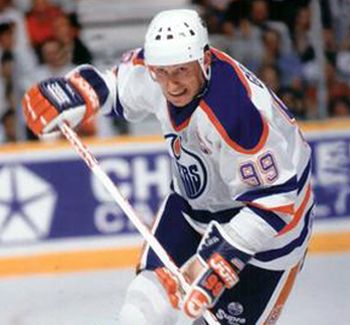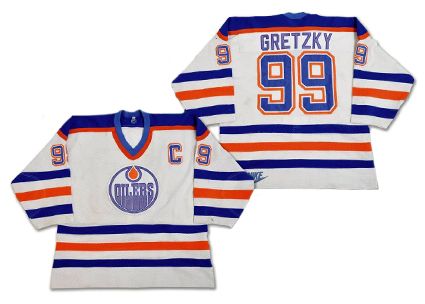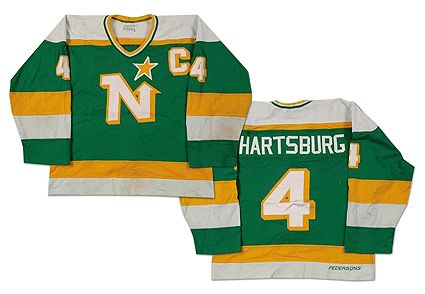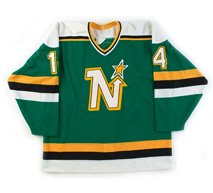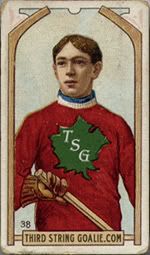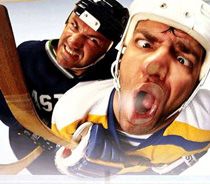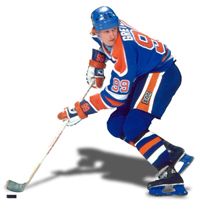Tuesday, January 10, 2012
1980-81 Chicoutimi Sagueneens Normand Leveille Jersey
Monday, January 9, 2012
1982-83 Verdun Juniors Pat LaFontaine Jersey
It was in St. Louis where LaFontaine first learned to skate. His father was transferred once again, this time to Waterford, Michigan, just 33 miles from Detroit when Pat was seven. He was able to get in plenty of ice time as the LaFontaine's lived on Williams Lake. He also played on his older brother's team, with kids that were a year or two older than he was, which pushed him to improve his game to keep up with the older boys.
Sunday, January 8, 2012
The Top 20 NHL Player Jersey Sales For November 2011
Despite having played in only 10 games in 2011 after suffering a concussion in the Penguins game on January 5th, Sidney Crosby led all players in NHL jersey sales in November 2011.
The popular Alexander Ovechkin predictably came in second despite his recent scoring issues which see him 35th overall. Claude Giroux of Philadelphia came in third, likely boosted by the departure of popular former Flyers Mike Richards and Jeff Carter, the long term injury issues of team captain Chris Pronger, his second place in the scoring race and most likely by the release of the Flyers new Winter Classic jerseys in time for Black Friday sales for the outdoor game which will be hosted by Philadelphia - all of which adds up to the perfect storm of jersey sales.
Grioux's Flyers teammates Daniel Briere and James van Riemsdyk also cracked the Top 20 at #16 and #18, also likely benefitting from a boost due to Winter Classic jersey sales.
Reigning Stanley Cup champion, Vezina Trophy and Conn Smythe Trophy winner Tim Thomas of the Boston Bruins ranks fourth, along with fellow Bruins Tyler Seguin (7th), Milan Lucic (10th), Zdeno Chara (12th) and Patrice Bergeron (20th). Clearly on ice success translates into retail sales, as the Bruins continue to benefit from having won their first Stanley Cup in 39 years.
Popular Chicago Blackhawks Jonathan Toews and Patrick Kane come in at 5th and 6th, which will no doubt result in some friendly competitive needling in the Blackhawks dressing room.
New York Rangers captain Ryan Callahan checks in at #8, while teammate goaltender Henrik Lundqvist is at #14. Look for both of these players to rank higher in December sales due to selling quite a few of the Rangers throwback style Winter Classic jerseys, which were not unveiled until November 28th, a week after the Flyers Winter Classic jersey.
Tampa Bay's Steven Stamkos comes in 9th, lower than his talent should dictate. Once can only imagine what his sale numbers would look like if he were a Bruin, Red Wing or Ranger.
The remainder of the list comprises the Detroit Red Wings star duo of Pavel Datsyuk at #11 and teammate Henrik Zetterberg at #19, the Capitals Nicklas Backstrom at #13, Penguins star Evgeni Malkin at #15 and the San Jose Sharks Joe Thornton at #17.
Frankly, we're shocked and confused that no single Canadian team has even one player in the Top 20. Where's the Sedin twins? Not one Winnipeg Jet? We also never would have expected only two goaltenders either. It would be interesting to compare this list to one from back in the mid 1990's when the likes of Brodeur, Roy, Hasek, Belfour, Joseph, Richter and Hextall ruled the ice.
The Top 20 NHL Player Jersey Sales For November 2011
1. Sidney Crosby – Pittsburgh Penguins
2. Alex Ovechkin – Washington Capitals
3. Claude Giroux – Philadelphia Flyers
4. Tim Thomas – Boston Bruins
5. Jonathan Toews – Chicago Blackhawks
6. Patrick Kane – Chicago Blackhawks
7. Tyler Seguin – Boston Bruins
8. Ryan Callahan – New York Rangers
9. Steven Stamkos – Tampa Bay Lightning
10. Milan Lucic – Boston Bruins
11. Pavel Datsyuk – Detroit Red Wings
12. Zdeno Chara – Boston Bruins
13. Nicklas Backstrom – Washington Capitals
14. Henrik Lundqvist – New York Rangers
15. Evgeni Malkin – Pittsburgh Penguins
16. Danny Briere – Philadelphia Flyers
17. Joe Thornton – San Jose Sharks
18. James van Riemsdyk – Philadelphia Flyers
19. Henrik Zetterberg – Detroit Red Wings
20. Patrice Bergeron – Boston Bruins
Source: Shop.NHL.com

